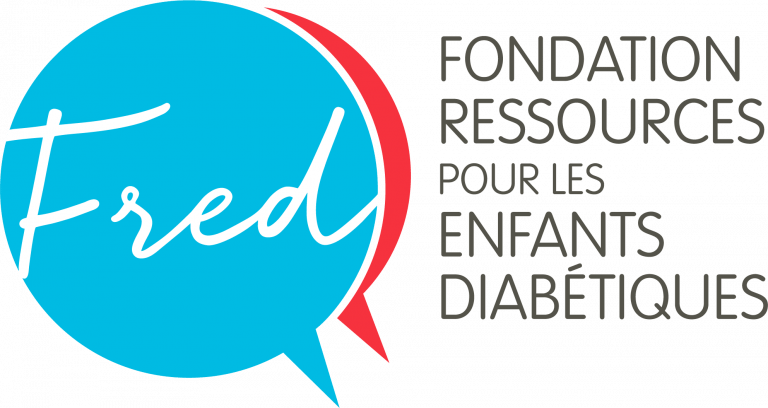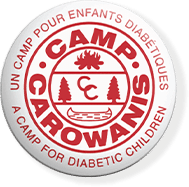SUPPORT FOR CHILDREN
Daily life with diabetes
Home / Daily life with diabetes
What does type 1 diabetes mean for a child with diabetes?
The role of parents in the life of an insulin-dependent diabetic child is central to the child’s treatment and health. Although the routine may seem heavy and complicated at first, with time and guidance from the medical team or other parents, daily diabetes-related activities will become more automatic, and you will feel more confident. Being comfortable with your child’s treatment is important so that he or she can become comfortable and eventually take charge of his or her treatment.
The best tips are those that fit your routine and your values.
There will certainly be more stressful times for the child and the parent, depending on the stage of life, such as starting school or traveling. This is completely normal. It is important to know that The Diabetic Children’s Foundation has resources available to you to help you get through the challenges with optimism and health.

Daily, the parent is called upon to perform or guide their child to do the following:
- Encourage a regular meal and snack schedule.
- Maintain a healthy diet and lifestyle.
- Test blood glucose levels an average of 5-8 times per day.
- Administer insulin doses according to the prescribed plan.
- Recognize the signs of hypoglycemia and hyperglycemia.
- Establish clear plans for hypoglycemia and hyperglycemia.
- Establish continuity of care with family and school.
- Create a list of contacts in case of emergency needs.
Should I include my child?
Depending on the child’s age and level of understanding, it is important to discuss diabetes with them and include them in decisions that affect them. The more informed they are and the more involved they feel, the faster they will learn to be independent.
There are several tips to help children take responsibility for their illness:
- Create a simple to fill out and understand roadmap;
- Use play during care.
- Include siblings.
- Keeping an open dialogue with other family members, friends, school personnel, etc.



